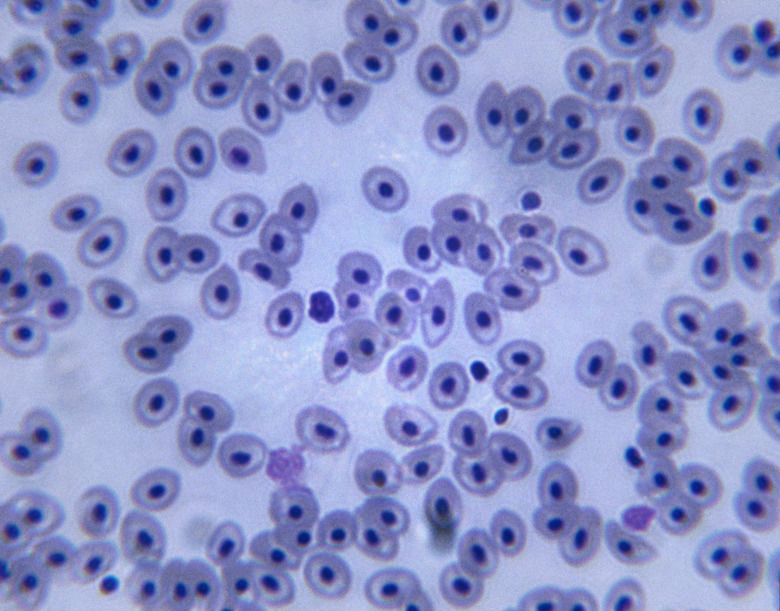How Does Phosphorylation Affect Protein Activity?
Proteins are cellular workhorses. As enzymes, they catalyze biochemical reactions. Proteins also act as receptors that bind with other substances and control cell activity. As part of a hormone, proteins can initiate or suppress major cellular activities, such as secretion. A cell uses phosphorylation as a switch to turn protein activity on or off.
Phosphates and Proteins
Phosphates and Proteins
Proteins are molecules with an amino acid backbone and, usually, one or more side groups. The electrical forces on a protein's atoms give it a three-dimensional shape, or conformation, that can include complex folds and rings. Phosphorylation is a chemical reaction that adds a phosphate group consisting of one phosphorous atom and four oxygen atoms to an organic molecule such as a protein. Phosphate has a negative electrical charge. Phosphorylation changes a protein's conformation. The process is usually reversible; a protein can be phosphorylated or dephosphorylated, analogous to flipping a computer bit between zero and one.
Mechanism
Mechanism
Only a few amino acids can accept a phosphate group. The strong negative charge on a phosphate group changes the way a protein is shaped and how it interacts with water. A protein that normally doesn't interact with water will become hydrophilic, water-friendly, when phosphorylated. This change results in modifications to a protein's physical and biochemical properties. A kinase is a type of enzyme that transfers a phosphate from a high energy molecule to another substance, such as a protein. Scientists have identified hundreds of kinases that transfer phosphates to specific proteins.
Enzyme Activity
Enzyme Activity
The conformational change to an enzyme caused by the addition of one or more phosphate groups can activate or inhibit the enzyme. For example, phosphorylation of the enzyme glycogen synthetase changes the enzyme's shape and reduces its activity. The enzyme catalyzes the conversion of the small sugar, glucose, to the long-chain starch glycogen. The phosphorylating agent is glycogen synthetase kinase 3, or GSK-3, which can add a phosphate group to the amino acids serine and threonine. In this example, GSK-3 adds phosphates groups to the last three serine amino acids of glycogen synthetase, making it difficult for the enzyme to interact with glucose.
Receptors
Receptors
Receptors are proteins inside a cell that respond to signals from outside the cell. Phosphorylation can inhibit or activate receptors. For example, estrogen receptor alpha, or ERA, is a protein that is activated when the hormone estrogen enters the cell. ERA is a transcription factor — activated ERA can bind to DNA, or deoxyribonucleic acid, in chromosomes and influence whether specific genes will be expressed as proteins. However, ERA can only bind to DNA if it is first phosphorylated. Once ERA has been activated and phosphorylated, it can enhance DNA transcription, thus stimulating the production of certain proteins.
Cite This Article
MLA
Finance, Eric Bank, MBA, MS. "How Does Phosphorylation Affect Protein Activity?" sciencing.com, https://www.sciencing.com/phosphorylation-affect-protein-activity-16716/. 13 March 2018.
APA
Finance, Eric Bank, MBA, MS. (2018, March 13). How Does Phosphorylation Affect Protein Activity?. sciencing.com. Retrieved from https://www.sciencing.com/phosphorylation-affect-protein-activity-16716/
Chicago
Finance, Eric Bank, MBA, MS. How Does Phosphorylation Affect Protein Activity? last modified August 30, 2022. https://www.sciencing.com/phosphorylation-affect-protein-activity-16716/
